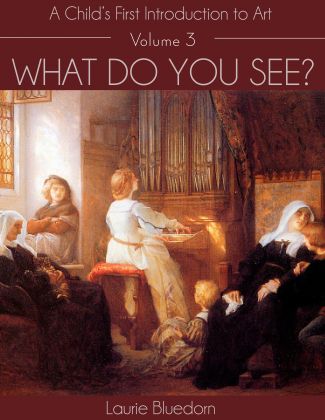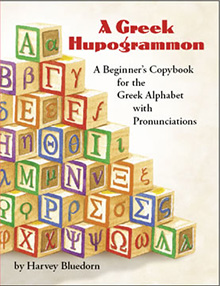What Do You See? A Child’s First Introduction to Art, Volume 3 (E-Book)
$3.49
This is an E-Book.
How to Use This Art Curriculum
This curriculum is a gentle and easy introduction to art appreciation for children, ages 4-12. We teach children to look at a piece of art and evaluate it. We hope to spark in the child a love for the great works of art.
Students will learn:
1. How to identify questions to ask.
2. How to identify why the artist painted what he did.
3. How to identify details the artist placed inside his painting.
4. How they might try to paint something themselves.
5. How to pay attention to the artist and the history of the painting.
The students and teacher should spend time observing the painting and then answer the questions. We recommend that you ask the child to answer the questions orally, not with pencil and paper. We want to make the learning experience enjoyable for you and the children.
This third volume of What Do You See? A Child’s First Introduction to Art will introduce only one elementary art principle — the source of light.
In order to see something, there has to be a source of light. The source of light can be the sun, a lamp, a flashlight, a fire. Light and shadows (the absence of light) are important to art. A shadow is an area of darkness created when a source of light is blocked. An artist uses light and shadows to communicate his message. Can you discern the source of light in the following ten paintings?
Table of Contents
1. The Burning of the Houses of Parliament by Joseph Mallord William Turner
2. A Dinner Table at Night by John Singer Sargent
3. Harmony by Alexandre Cabanel
4. Keelman Heaving in Coals by Night by Joseph Mallord William Turner
5. Protecting the School Children by Andre Henri Dargelas
6. Saint Michael and the Dragon by Raphael
7. In Charge of Baby by Winslow Homer
8. A Child Peeling Potatoes by Evert Pieters
9. Tiger on the Watch by Jean-Leon Gerome
10. Saul and David by Rembrandt
This is an E-Book.
How to Use This Art Curriculum
This curriculum is a gentle and easy introduction to art appreciation for children, ages 4-12. We teach children to look at a piece of art and evaluate it. We hope to spark in the child a love for the great works of art.
Students will learn:
1. How to identify questions to ask.
2. How to identify why the artist painted what he did.
3. How to identify details the artist placed inside his painting.
4. How they might try to paint something themselves.
5. How to pay attention to the artist and the history of the painting.
The students and teacher should spend time observing the painting and then answer the questions. We recommend that you ask the child to answer the questions orally, not with pencil and paper. We want to make the learning experience enjoyable for you and the children.
This third volume of What Do You See? A Child’s First Introduction to Art will introduce only one elementary art principle — the source of light.
In order to see something, there has to be a source of light. The source of light can be the sun, a lamp, a flashlight, a fire. Light and shadows (the absence of light) are important to art. A shadow is an area of darkness created when a source of light is blocked. An artist uses light and shadows to communicate his message. Can you discern the source of light in the following ten paintings?
Table of Contents
1. The Burning of the Houses of Parliament by Joseph Mallord William Turner
2. A Dinner Table at Night by John Singer Sargent
3. Harmony by Alexandre Cabanel
4. Keelman Heaving in Coals by Night by Joseph Mallord William Turner
5. Protecting the School Children by Andre Henri Dargelas
6. Saint Michael and the Dragon by Raphael
7. In Charge of Baby by Winslow Homer
8. A Child Peeling Potatoes by Evert Pieters
9. Tiger on the Watch by Jean-Leon Gerome
10. Saul and David by Rembrandt






Reviews
There are no reviews yet.